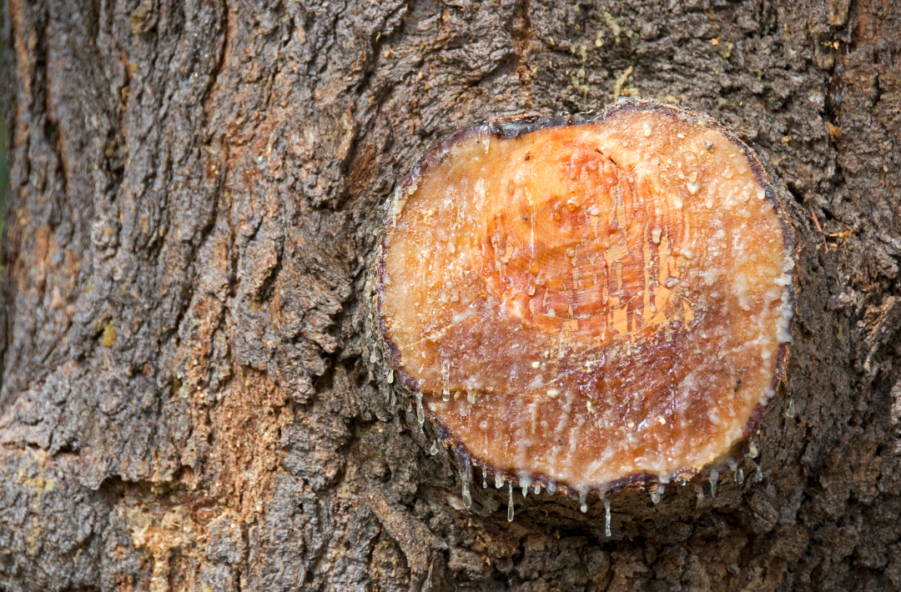Almost anybody who has spent time around trees has seen or dealt with sap. For homeowners and gardeners, dealing with trees and their sap can be a regular chore. Sometimes it’s runny and watery, while other times it can be a sticky mess. But why do trees produce sap in the first place? What is it’s purpose?
In this Naturalist Answers post, we’ll explore this strange, often troublesome stuff and what it does for trees.
What is sap?
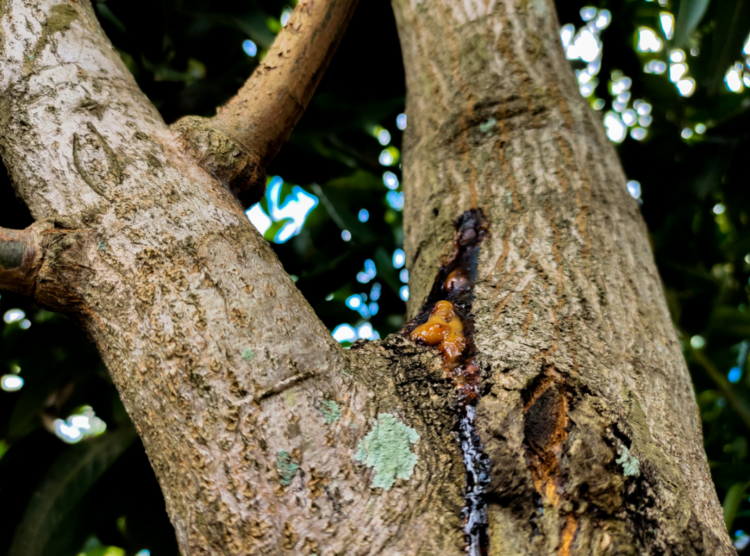
A good question to start with is what is sap in the first place? Simply put, sap is the liquid that moves around within the body of a tree. In that sense, it’s a lot like blood in many vertebrates, or haemolymph in bugs. Just like blood, sap is mostly water, and it transports important nutrients and chemicals between different parts of the tree.
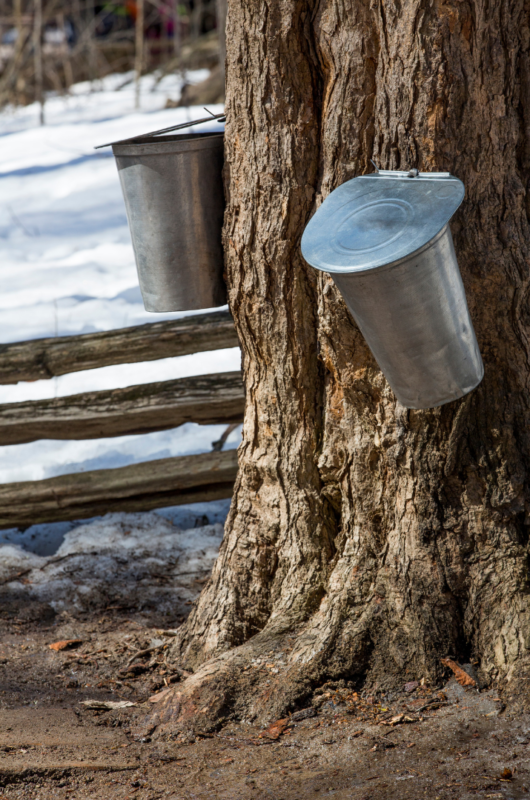
Animals like people have complicated circulatory systems that involve a heart, and a tangled web of veins and arteries. By contrast, the trees typically have just two kinds of vasculature (that is, piping) for moving sap around.
Xylem and Phloem
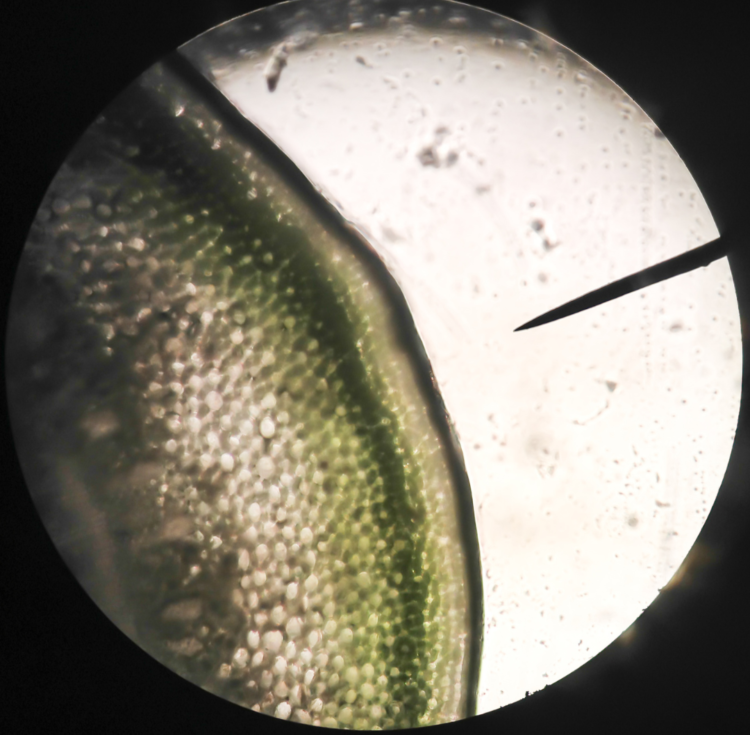
Since trees are for the most part vertical, the flow of sap and movement of important chemicals proceeds in two directions. Some sap goes upward, coming from the roots and reaching the branches and leaves. In turn, other sap comes down, departing from the branches and leaves and moving to the trunk and roots.
- Xylem is the tissue through which sap rises in the tree, headed toward the leaves.
- Phloem is the tissue through which sap descends from the leaves toward the roots.
Collectively, these two parts of a tree’s trunk are called the sapwood.
Two kinds of sap
Because a trees’ roots and leaves do different things, the sap in the phloem and xylem can be very different. Generally, leaves conduct photosynthesis in their leaves, building sugar molecules with the help of the sun’s energy and carbon dioxide from the atmosphere. Meanwhile, plants use their roots to store those sugars, and to draw water and minerals from the soil. As a result:
- Sap in the xylem tends to be low in sugar, but has some minerals.
- Sap in the phloem often has higher sugar content.
Although you might not be able to tell the difference visually, these two types of liquid are what you’ll most often find leaking out of trees. However, trees may produce other liquids that people could call sap.
Other kinds of “sap”
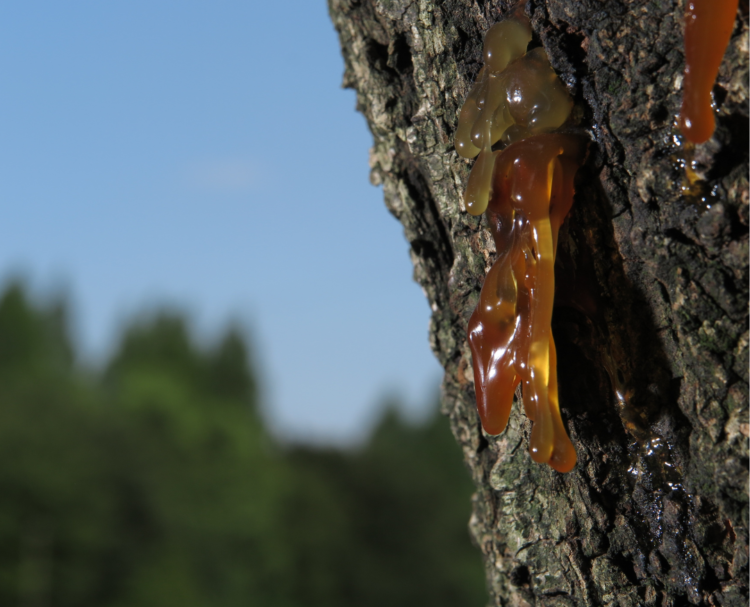
What about that sticky stuff that gets all over your hands if you touch a pine tree? Some tree species produce additional liquid substances called resins. Rather than transporting important nutrients and hormones like actual sap, resin serves a protective function.
Resins typically contain cocktails of fancy organic compounds that protect the plant from potentially harmful bacteria, fungi, and bugs. These resins typically show up in large amounts around wounds in the tree, where they protect damaged tissues. The aromatic chemicals in resin may also attract predator or parasite bugs that feed on insects that might be damaging the tree.
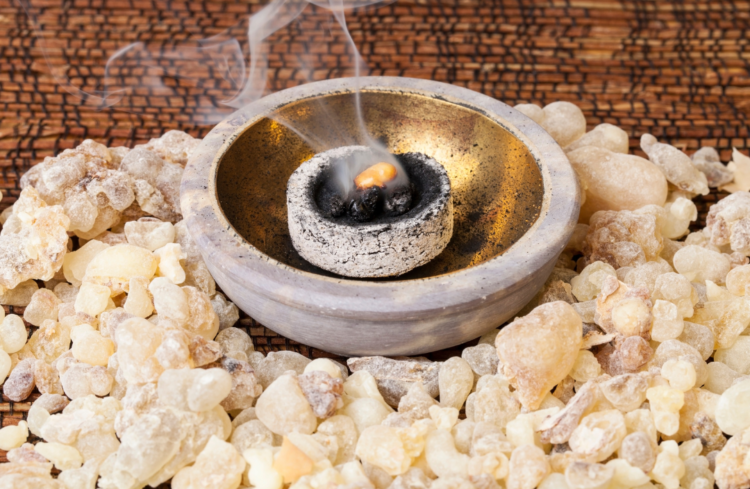
The unique chemical makeup of resins means that they often have useful properties. Humans have used various tree resins for:
- incense and perfume
- preserving woods and other materials
- gluing things together
- varnishes and glazes
- medicines
- flavors for distilled spirits
The bottom line: why do trees produce sap?
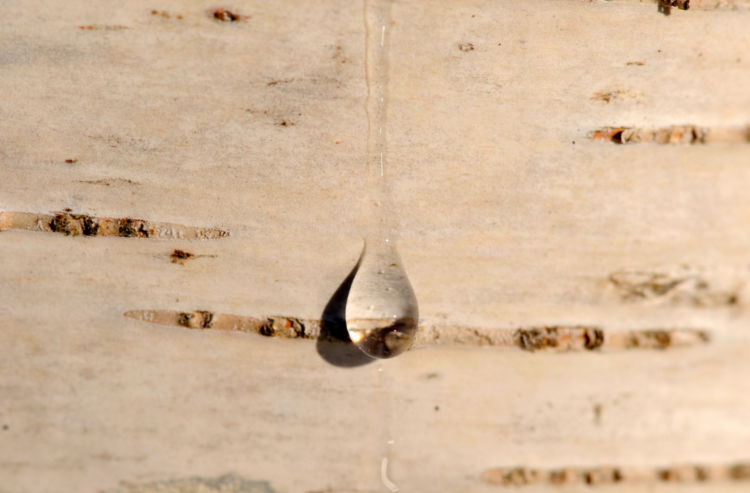
So, why do trees produce sap? Trees produce sap to move chemicals, nutrients, water, and hormones between their different organs. This is the same as the way that animals produce and use blood.
Trees use resins to protect themselves from damage or herbivory (things that eat plants).
Want to learn more?
If you’d like to learn more about tree sap, check out these great Nature Guys podcast episodes:
Thanks for reading about why trees produce sap!
Have you found yourself in a sticky situation with sap? Share with us in the comments! If you have other questions about sap, trees, or anything relating to the natural world, send a message using the Contact page. Until next time!

